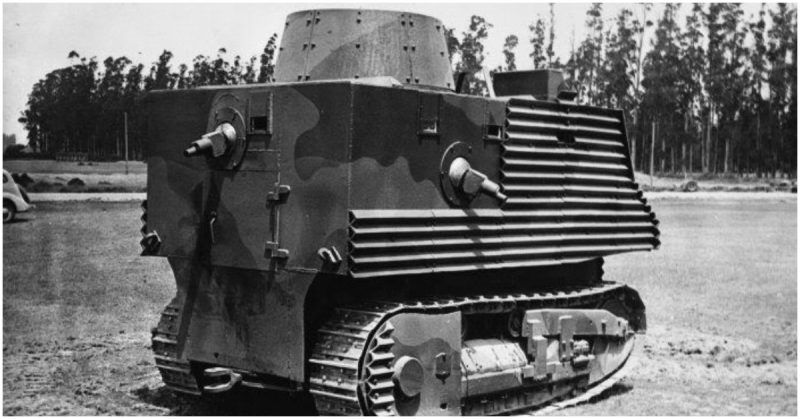Tanks have come to be a defining symbol of warfare in the 20th and 21st Century, and they have taken many forms over the years. During the Second World War, these power armored vehicles were an integral part of the Allied armies around the world. Of course, there were some remarkable variations and innovations in the tanks’ designs over the years, and one in particular stands out.
When the Second World War broke out between Nazi Germany and Great Britain, the countries of the British Commonwealth felt obliged to join and aid their mother-country. Countries like Canada, Australia, Southern Rhodesia, South Africa and the Dominion of New Zealand were all for defending Great Britain against Hitler and his formidable military might.
Their hearts were at the right place, but their military capacities were somewhat limited in 1939. Most of the countries adopted British and American technology such as tanks and small arms and began to either produce them under license or import them and put them into service.
At the very beginning of the war, there were some attempts to build indigenous weaponry, especially armored vehicles. The Australians had the Sentinel, the Canadians had the Ram tank, and the Kiwis made the Bob Semple tank.
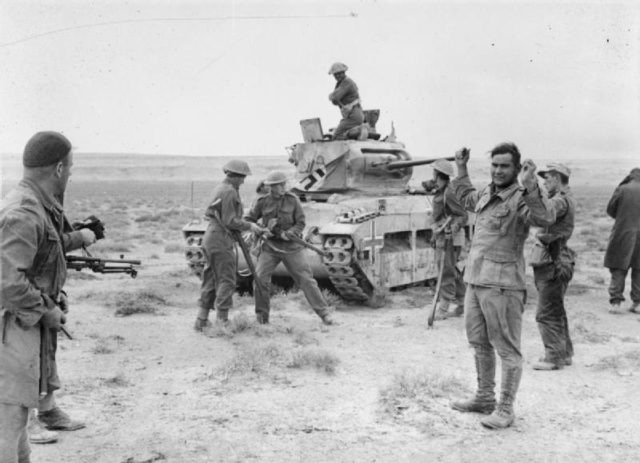
Named after the wartime Minister of Public Works, Bob Semple, it was more of an improvised fighting vehicle, than a tank, as it was considered a reserve option in case of a Japanese invasion. Japan had posed the greatest threat to New Zealand. Their aggressive expansion conquered China and was well into Dutch East Indies (present-day Indonesia) by the early 1940s.
After the Fall of France in 1940, the British Army lost a significant number of tanks, so they had to postpone the shipment of armored vehicles to New Zealand, to replenish their losses. Caught in a tight spot, the New Zealand Government gave Bob Semple the green light to transform tractors into tanks.
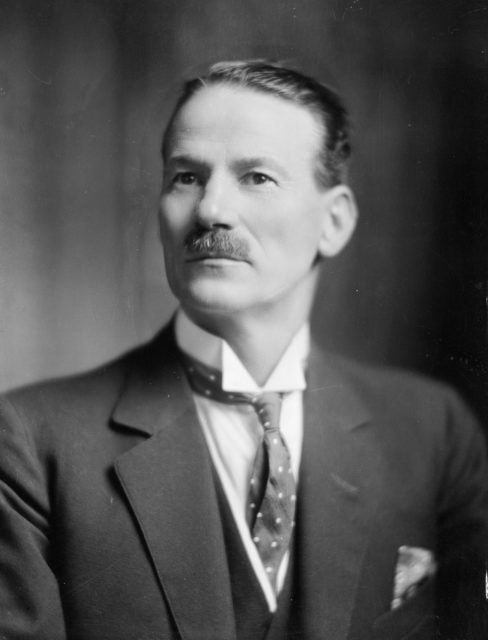
He did so, but worked without any real blueprints. In fact, the only plan he had was an American postcard which depicted the process of turning a tractor into a tank, but without any substantial specifications. Semple simply added a superstructure made from corrugated iron on tractor tracks and hoped for the best.
Similar designs were suggested to countries like China and Afghanistan, for they also had to start from scratch to produce armored fighting vehicles. During the Siege of Odessa in 1941, on the Eastern Front, factory workers within the besieged town built 69 tractor tanks in an attempt to break the siege.
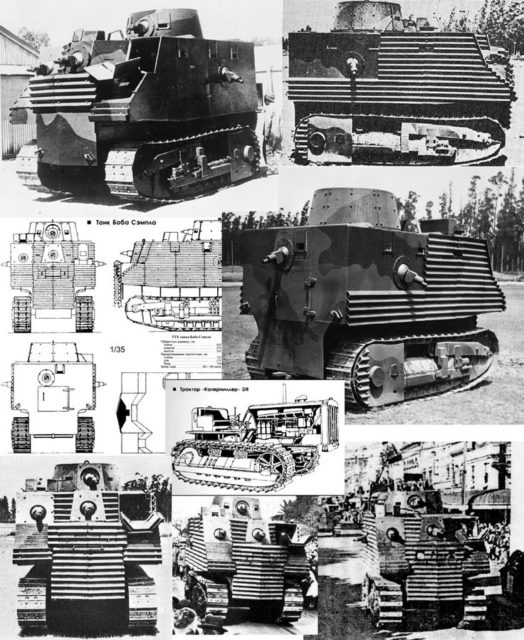
An eight-member crew manned the Bob Semple Tank. Its main armament consisted of six Bren light machine-guns positioned on each side, intended to provide a 360-degree cover. Its six-cylinder diesel engine was capable of reaching speeds of 24 kilometers per hour which was good considering its weight of more than 25 tons.
The intention was to produce quantities of the superstructures to be dispersed across New Zealand. Then they could be fitted on tractors in the case of an emergency or a full-scale Japanese invasion.
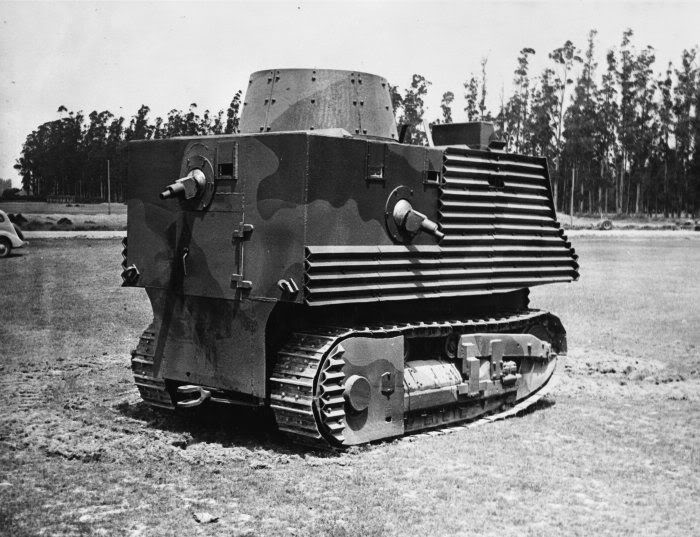
Due to their lack of experience and knowledge the tank had numerous flaws. A lack of resources made the tank a functional failure. It was hefty, overcrowded, inadequately armed and unstable. One of the crew was supposed to lie on a mattress while shooting his Bren gun, as there was not enough room for him to stand or sit.
Another serious flaw was the fact the tank needed to stop to change gear. The tractor was simply not a substitute for a tank. When presented, the Bob Semple tank received nothing but public ridicule. The plan was never put into effect, and the Japanese fortunately never invaded New Zealand.
